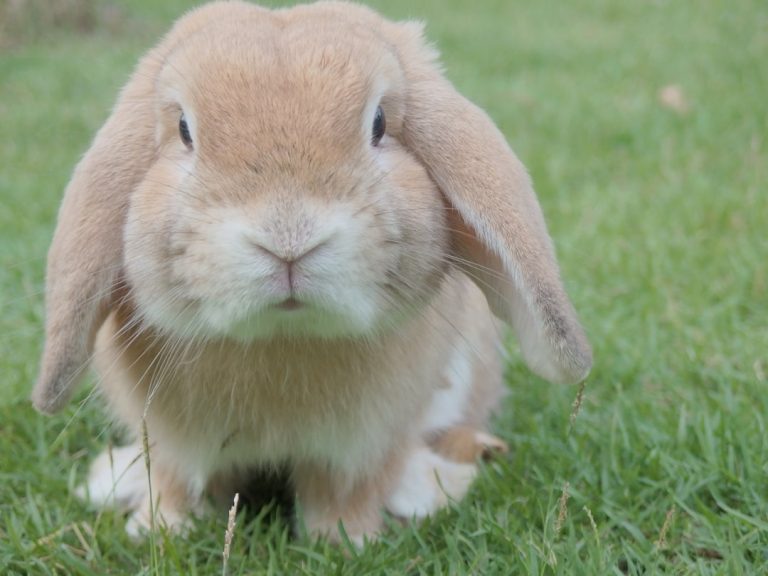Are you curious about a career as a Plumber, Pipefitter, or Steamfitter in the United States of America? Now you can learn what Plumbers, Pipefitters, and Steamfitters do, the work environment, how to become one, salary, and job outlook.
What Are Plumbers, Pipefitters, and Steamfitters?
Plumbers, pipefitters, and steamfitters are tradespeople who work with water supply systems and drainage systems. These professionals install, repair, maintain, and inspect plumbing systems for residential and commercial properties. They also install, repair, maintain, and inspect piping systems used for the transfer of liquids, gases, or steam. They can be hired as part-time, seasonal, or full-time workers.
Career Description
Plumbers, Pipefitters, and Steamfitters are those individuals who are in charge of maintaining pipes, fittings, and equipment that carry water, steam, or air to the places where it is needed in homes, schools, factories, and other structures. This occupation includes installation, repair, maintenance, testing, and inspection of piping systems and equipment. They also ensure that all plumbing fixtures, such as sinks, toilets, showers, tubs, and sewers, are clean, safe, and properly functioning. In addition to working in plumbing systems, they may also be responsible for ensuring the proper operation and safety of steam and hot water systems and boilers.
According to BLS, Plumbers, Pipefitters, and Steamfitters are responsible for the installation, repair, and maintenance of all mechanical systems and plumbing equipment used in commercial, industrial, and residential buildings, including heating, ventilating, and air conditioning (HVAC) systems, refrigeration equipment, and hot water systems. These jobs often require a combination of technical and manual skills, such as the ability to read blueprints or diagrams. Work may involve climbing ladders, working at heights, or crawling in crawl spaces. The required education is typically an apprenticeship.
Many entry-level Plumbers, Pipefitters, and Steamfitters work through apprenticeships and on-the-job training programs. Some learn their trade on the job by working alongside experienced workers. Plumbers, Pipefitters, and Steamfitters who have completed an apprenticeship may be referred to as Journeymen, while those without an apprenticeship may be known as Apprentices.
Work Environment
The work environment for Plumbers, Pipefitters, and Steamfitters includes a variety of hazards. These include noise, fumes, dirt, dust, chemicals, temperature extremes, exposure to electrical currents, falling objects, and slippery conditions. They also face the risk of injury from heavy lifting, working with sharp tools, and working in confined spaces. Some jobs may require them to work at heights or in difficult or cramped positions.
The work environment is usually quiet and peaceful, since plumbing systems are typically not exposed to the outside elements. However, Plumbers, Pipefitters, and Steamfitters may be exposed to fumes and other harmful materials, such as chemicals and gases. Because plumbing systems can be dangerous, they must be inspected for leaks and maintained properly. They also work with tools that could be hazardous, such as saws, drills, hammers, ladders, and heavy equipment. Plumbers, Pipefitters, and Steamfitters must be able to work safely, both at heights and around moving machinery.
Plumbers, Pipefitters, and Steamfitters are hired by building owners to install and repair the plumbing systems and equipment in residential and commercial structures, such as schools, hospitals, manufacturing plants, or office buildings. The jobs are generally more stable than those in the construction industry. They work on their own time and can be hired part-time or full-time. They also have flexible schedules, including nights and weekends.
Salary
The Bureau of Labor Statistics reports that the median annual wage for Plumbers, Pipefitters, and Steamfitters was $44,590 in May 2019. According to BLS, wages can vary greatly by location and experience level. In addition, many states and local governments offer special tax breaks or bonuses to employers who hire workers with certain types of trades.
Training
Education and training for Plumbers, Pipefitters, and Steamfitters is provided through a variety of institutions, including community colleges, vocational schools, trade schools, and private technical schools. The Bureau of Labor Statistics (BLS) offers links to programs at the state and local levels on its website.



